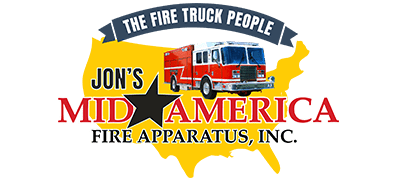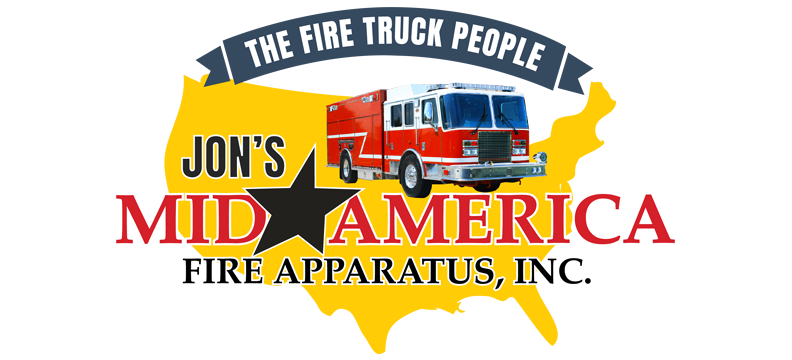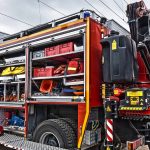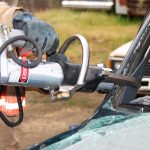Firefighters often fight more than just fire. Only an estimated 10% of calls to most fire departments are for fire emergencies. Today, firefighters assist in many types of emergency rescue situations, including fires, vehicle accidents, building collapses and toxic chemical leaks.
Each emergency situation is unique and may require different tools to perform a rescue. To know what tools your apparatus needs, you should know what emergency incidents are more likely in your area. For example, if you experience harsh winters where you work, you may need to be prepared for more vehicle collisions caused by snow and ice. If you live in an area prone to drought, you may need to be prepared for more fires.
Read more to learn about different fire department rescue tools.
Types of Rescue Tools
Firefighting equipment includes both hand and power tools. Rescue tools can be either hydraulic or battery-powered. Hydraulic tools have traditionally been the industry standard. Most hydraulic tools can run for about three hours.
The following are some rescue tools you may want to add to your apparatus.
- Cutters. This well-named tool is used to cut through metal or plastic in emergency situations. Cutters have curved blades that can cut deep into materials.
- Spreaders. This tool helps rescue teams lift heavy objects like vehicles or fallen debris. It can also be used to create space within an area, such as inside a smashed vehicle. A spreader can help rescue someone trapped under an object or stuck within a vehicle.
- Rams. A ram expands from both its ends to push against materials in its way, opening up space for rescuers to provide medical aid to someone trapped within a vehicle. Once a ram creates more space, rescue teams can safely extricate the person inside.
- Combis. Combi tools can do the work of cutters and spreaders. Using these combined tools can increase efficiency in emergency situations; however, they may not have the same amount of power as specialized tools. For example, a combi tool will have serrated straight blades, which won’t cut as deeply as the blades of a specialized cutter. The spreading width of a combi tool will also be less than that of a specialized spreader. Considering how and why you will use a tool will help you decide whether to purchase combi tools or specialized tools.
- Confined Space Tools. These rescue tools are made to help out in tight spaces. Smaller cutters, spreaders and rams make confined space rescue possible.
Getting Comfortable With Your Rescue Tools
No matter which tools your department chooses, all firefighters within your department should feel comfortable with each tool. You may want to host training and practice sessions on using each tool. Once you’re comfortable with a tool, you will be better able to use the tool in an emergency situation. It’s important to note that you should never disregard the safety regulations of each tool.
Tips to Maintaining Your Rescue Tools
Maintaining your rescue tools could make a difference in saving someone’s life. Here are some simple tips to maintaining your tools.
- Keep battery-powered tools charged.
- Check the fluid and gas levels of hydraulic tools.
- Look for frayed cords.
- Inspect hoses for damage.
- Regularly service pumps.
Are you looking for fire rescue tools?
Contact Jon’s Mid America. We can help you find what equipment your department needs most from our selection of TNT rescue tools.



